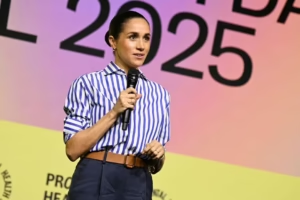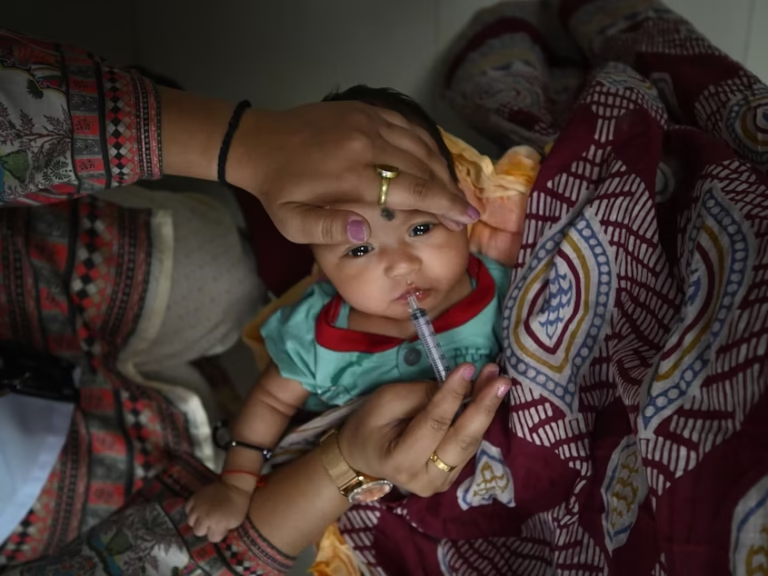Over the past 50 years, vaccines have protected billions of children around the world. A new study estimates that 154 million childhood deaths have been prevented thanks to global vaccination programs. These efforts began with the launch of the Essential Programme on Immunization by the World Health Organization (WHO) in 1974.
Since then, more than 4.4 billion people have received vaccines for deadly diseases such as measles, diphtheria, tetanus, and polio. These vaccines have proven to be one of the most powerful tools in public health. But while the long-term success is clear, the past decade shows a worrying decline in vaccination efforts in many parts of the world.
A new global study published in The Lancet used data from over 1,000 sources, including household surveys and national immunization reports. The results show that progress in vaccine coverage has stalled or declined in many countries since 2010.
In fact, between 2010 and 2019, 100 out of 204 countries saw a drop in measles vaccine coverage. In Argentina, for example, the number of children getting their first dose of the measles vaccine fell by 12%. High-income countries are not exempt either. Finland recorded an 8% decrease in the third dose of the diphtheria-tetanus-pertussis (DTP) vaccine. Austria saw a 6% drop in the same shot.
The researchers behind the study say the reasons for these declines are complex. Dr. Jonathan Mosser, one of the authors and a professor at the University of Washington, described the current situation as “a critical time” for global vaccination efforts. According to him, the world faces several hurdles, including supply chain issues, misinformation, and political conflict.
There are also changes in funding. The United States has reduced its financial support for Gavi, the Vaccine Alliance, a group that provides vaccines for about half of the world’s children. Meanwhile, the Bill & Melinda Gates Foundation pledged $1.6 billion to Gavi over the next five years. This contrast highlights the uncertain path ahead for global immunization programs.
Mosser warns that governments and health groups now face a major decision: continue supporting vaccine programs or risk losing one of the greatest achievements in public health history.
Despite the setbacks in some countries, others offer hope. India is seen as a major success story in recent years. In 2023, 93% of Indian children received their first dose of the DTP vaccine. This rate is close to what is seen in many high-income nations.
India’s achievement is due to both wide-reaching and targeted strategies. The country focused on finding areas where children missed vaccines and worked to fix the gaps. Technology also played a big role. India built strong systems to track vaccine supplies, making sure doses reached the right places at the right time.
Still, the COVID-19 pandemic had a negative impact on global vaccine programs. Many health workers were reassigned, clinics closed, and transport of medical supplies was delayed. In 2021 alone, more than 25 million children missed at least one routine vaccination.
The good news is that recovery efforts are underway. Global programs like The Big Catch-Up, led by WHO, UNICEF, Gavi, and the Gates Foundation, aim to find and vaccinate those missed during the pandemic. Mosser says things could have been worse, and the world has made progress in catching up, though much work remains.
Looking forward, global birth rates also affect vaccine coverage. Between now and 2030, the number of babies born worldwide is expected to drop by 1.6%. But this trend is not equal everywhere. In countries with low vaccine coverage, birth rates are still high. This creates more pressure on health systems, as more children mean more vaccines are needed to maintain or improve coverage.
The world has made incredible progress in saving children’s lives through vaccines. However, recent data shows a clear warning. Without renewed commitment, improved funding, and efforts to fight misinformation, the gains of the past five decades could be at risk.







